Deep Chested Dog Breeds: Full Guide to Care, Breeds, and Health Risks

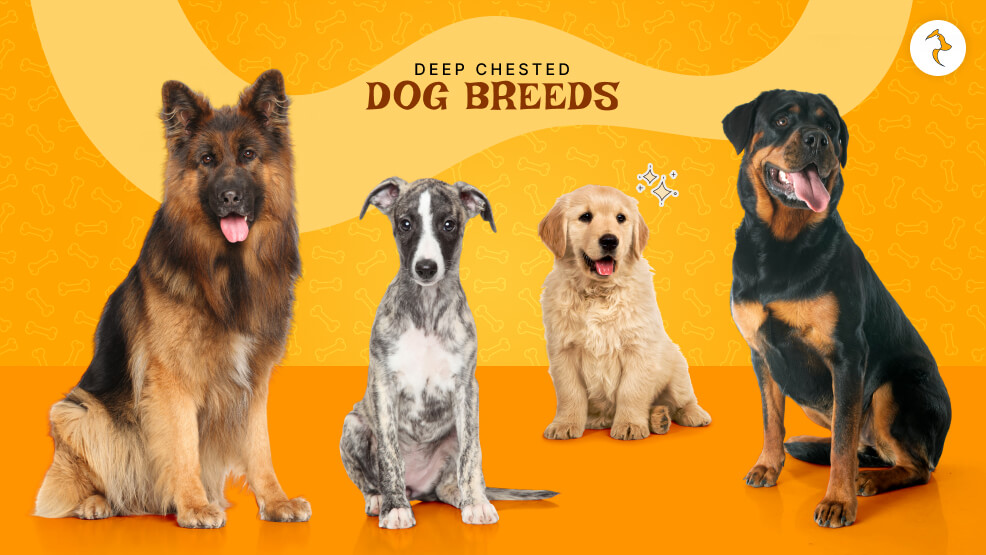
Dogs come in different sizes and shapes, yet the deep chest is anatomy that has characteristic features plus potential conditions. Deep chested dogs are attractive for their sporty build, good looks, and agility—but require special attention regarding their exercise routine and health checks.
This piece looks at ten of the most popular deep chested dog breeds, describes related health conditions like Gastric Dilatation Volvulus (GDV) and Spontaneous Pneumothorax, and gives advice on preventative care and exercise safety.
10 Deep Chested Dog Breeds You Need to Know
Here is a list of 10 popular deep chested dog breeds.
1. Rottweiler
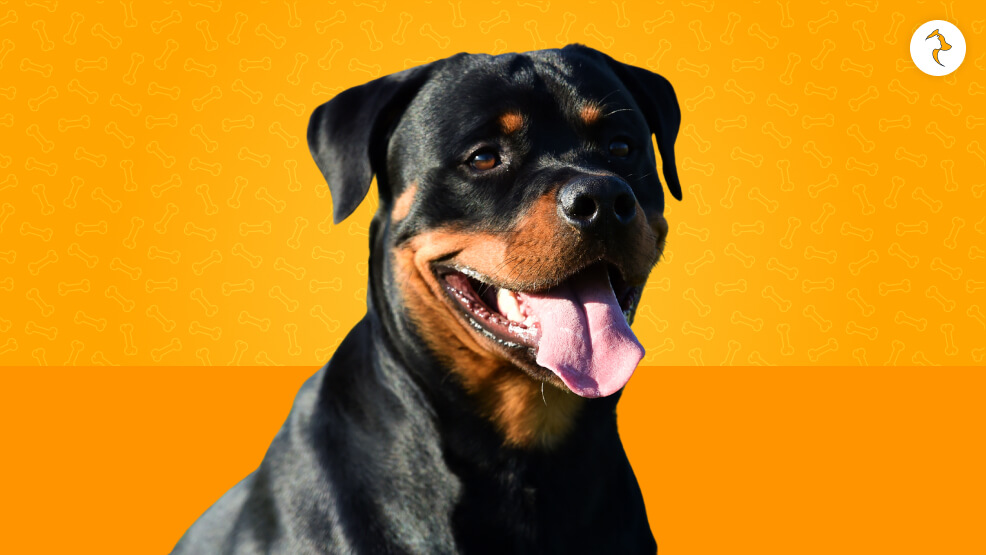
Rottweilers are strong and dominant in breed with high protective instinct. They possess a deep chest and muscular conformation that makes them deep chested. Though they are so famous for workability and loyalty, their anatomy makes them prone to bloat and other thoracic diseases.
| Group | Working group |
| Height | 22 to 27 inches |
| Weight | 50 to 105 pounds |
| Energy Level | Moderate to high energy level |
| Physical Characteristics | Big heads and blocky dogs. With large ears, closer to the head. They have square and robust mouths. |
| Lifespan | 8 to 10 years |
| Color | Black, mahogany and tan |
| Shedding | Moderate shedding to high shedding during fall and spring season |
| Bark | They don’t bark a lot |
2. Akita
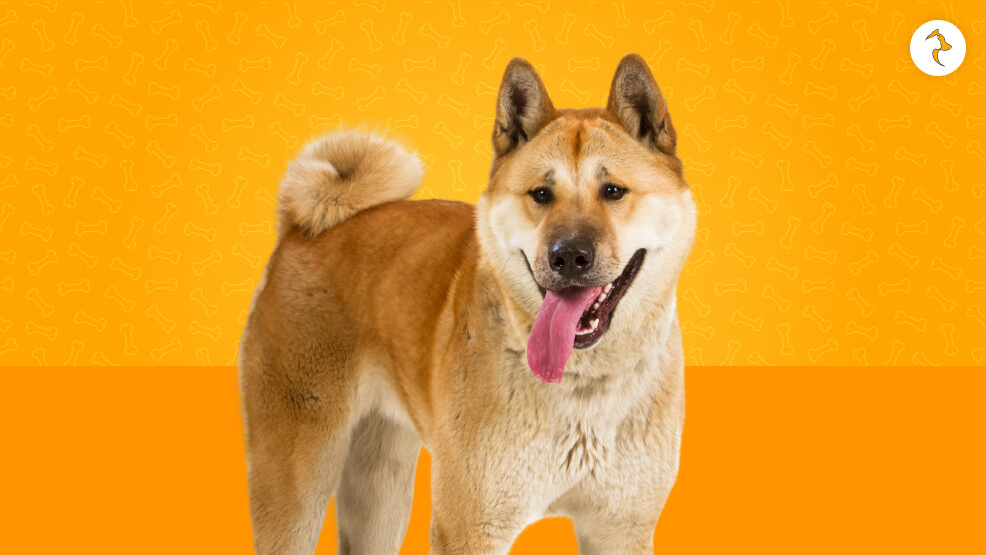
A natural Japanese breed, Akitas are muscular and powerful with a deep, broad chest. They have a bold, independent nature but have a body that requires rigorous exercise routines and guard measures against bloat.
| Group | Working group |
| Height | 24 to 28 inches |
| Weight | 80 to 110 pounds |
| Energy Level | High energy level |
| Physical Characteristics | They are spitz-like dogs with a strong bone structure and an imposing posture. |
| Lifespan | 10 to 12 years |
| Color | White, brindle, red fawn and sesame |
| Shedding | They shed |
| Bark | Only bark when required |
3. Whippet
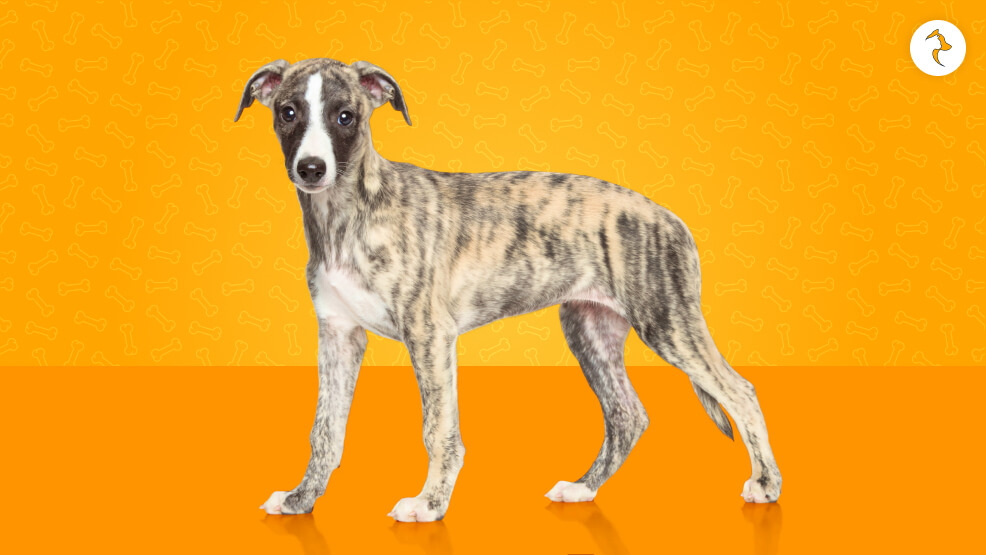
Lean and elegant, Whippets are sighthounds with a narrow waist and deep chest. Together, they make them very fast and agile but susceptible to spontaneous pneumothorax.
| Group | Hound group |
| Height | 19 to 21 inches |
| Weight | 20 to 40 pounds |
| Energy Level | Active |
| Physical Characteristics | They are strong dogs throughout with slender and longer legs, and a deep chest, with a narrow body. |
| Lifespan | 12 to 15 years |
| Color | Black, fawn, white, red, and blue |
| Shedding | Lesser than other dogs |
| Bark | Doesn’t bark a lot |
4. German Shepherd
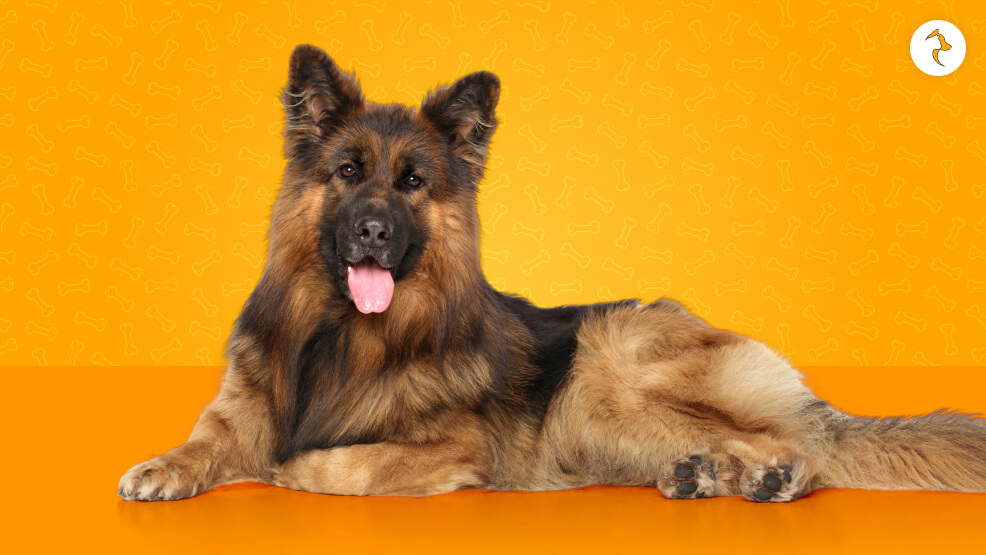
One of the most working-craft adaptable breeds, German Shepherds have a deep, long ribcage. This enhances endurance and respiratory ability at the cost of susceptibility to GDV if feeding and exercising recommendations are not followed.
| Group | Herding group |
| Height | 24 to 26 inches |
| Weight | 66 to 88 pounds |
| Energy Level | Active |
| Physical Characteristics | Have a wider and taper head with a nicely shaped muzzle. They have large and upright ears. |
| Lifespan | 9 to 13 years |
| Color | Silver, black Shepherd , grey, and white. |
| Shedding | Shed throughout the year. |
| Bark | They bark a lot. |
5. Greyhound
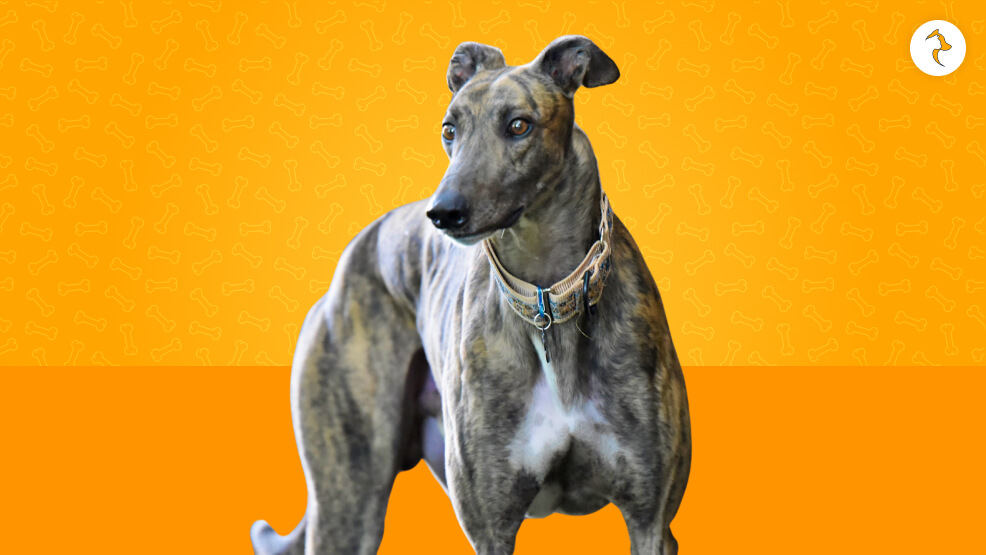
Their athletic build and deep thorax cause Greyhounds to be bred for sprinting. Deep chest and low body fat increase susceptibility to spontaneous lung disease as well as to GDV.
| Group | Sighthound group |
| Height | 26 to 30 inches |
| Weight | 60 to 70 pounds |
| Energy Level | Low energy level |
| Physical Characteristics | They have a deep chest with a long neck, strong hind legs and thin and long tail. |
| Lifespan | 10 to 14 years |
| Color | White, black, fawn, blue, red and brindle |
| Shedding | They don’t shed a lot |
| Bark | They don’t bark excessively |
6. Bloodhound
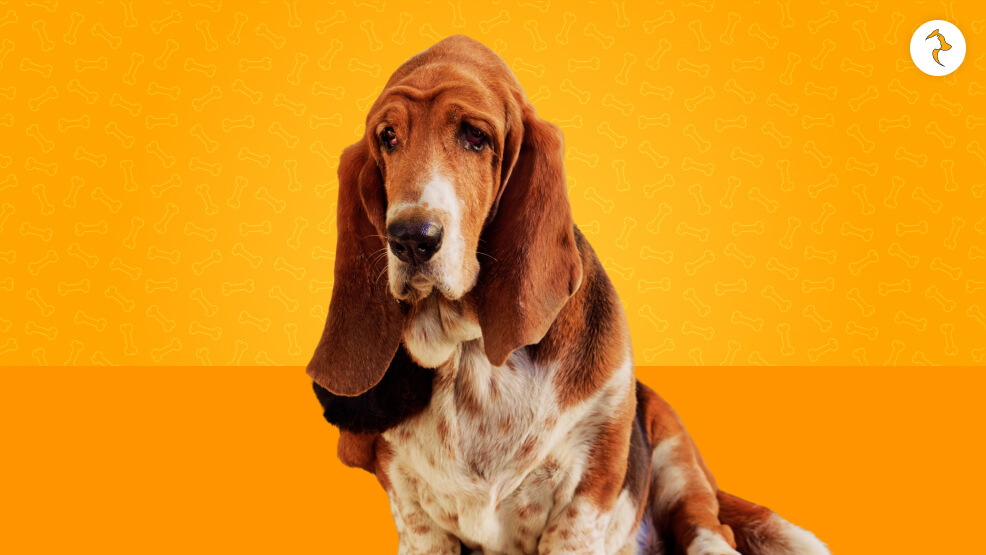
They are famous for their outstanding scent trailing, and they have a low-sloping chest. Such conformation makes them susceptible to bloating and requires slow-sustained, controlled exercise.
| Group | Hound group |
| Height | 25 to 27 inches |
| Weight | 90 to 110 pounds |
| Energy Level | High energy level |
| Physical Characteristics | These dogs have long droopy ears, with wrinkled faces and loose skin. |
| Lifespan | 10 to 12 years |
| Color | Black and tan, tan and liver, red |
| Shedding | They shed all year. |
| Bark | These dogs don’t bark a lot. |
7. Labrador Retriever
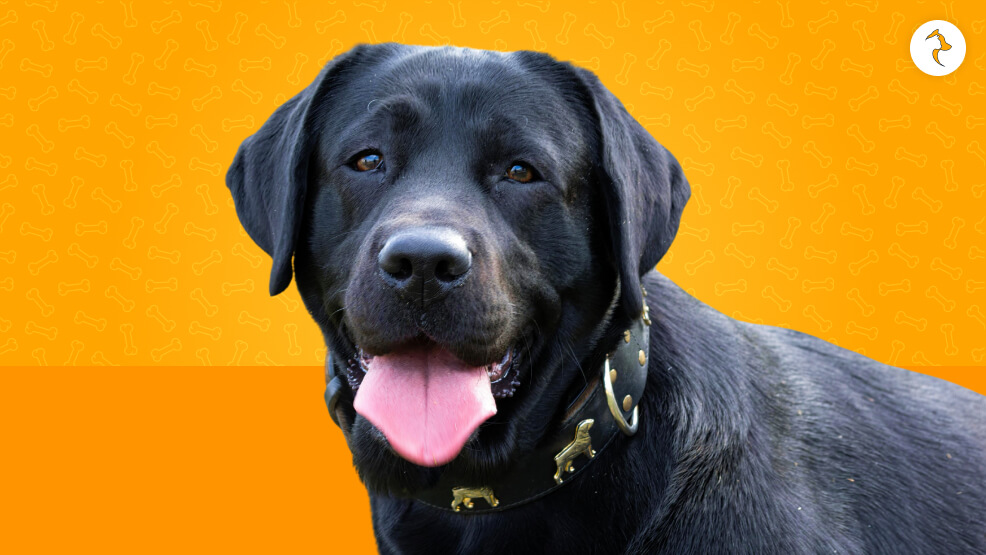
Labradors, as strong as they are active, also possess a well-defined chest cavity that helps them in their endurance. However, tendency to over-eat predisposes them to bloat, especially after high-speed feeding or exertion.
| Group | Sporting group |
| Height | 21.5 to 24.5 inches |
| Weight | 55 to 80 pounds |
| Energy Level | High energy level |
| Physical Characteristics | They have broad heads, droopy ears and expressive, larger ears. |
| Lifespan | 10 to 12 years |
| Color | Yellow, chocolate and black |
| Shedding | They shed all year |
| Bark | They bark moderately |
Also Read: Labrador vs Golden Retriever: Which Breed Is Perfect Fit for You?
8. Great Dane
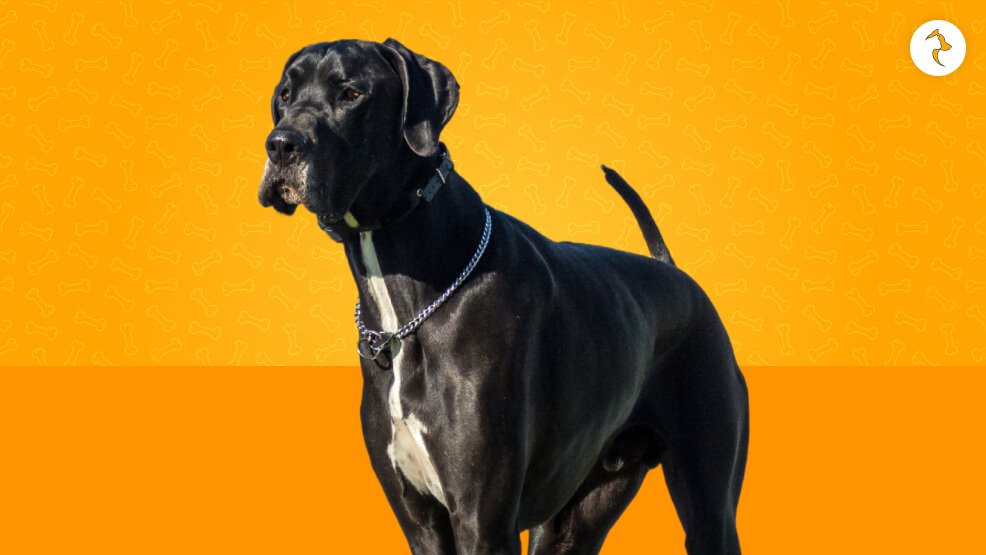
Perhaps the poster child of GDV risk, the deep-chested, long-legged, huge Great Dane presents bloat as an actual threat. Careful feeding practices and simple exercise are required by this breed.
| Group | Working group |
| Height | 30 to 32 inches |
| Weight | 100 to 120 pounds |
| Energy Level | High energy level |
| Physical Characteristics | Long and strong neck, with straight front legs and robust and long body. |
| Lifespan | 8 to 10 years |
| Color | Black, blue, fawn, brindle, and mantle |
| Shedding | They shed moderate to heavy |
| Bark | Depends on the training |
9. Doberman Pinscher
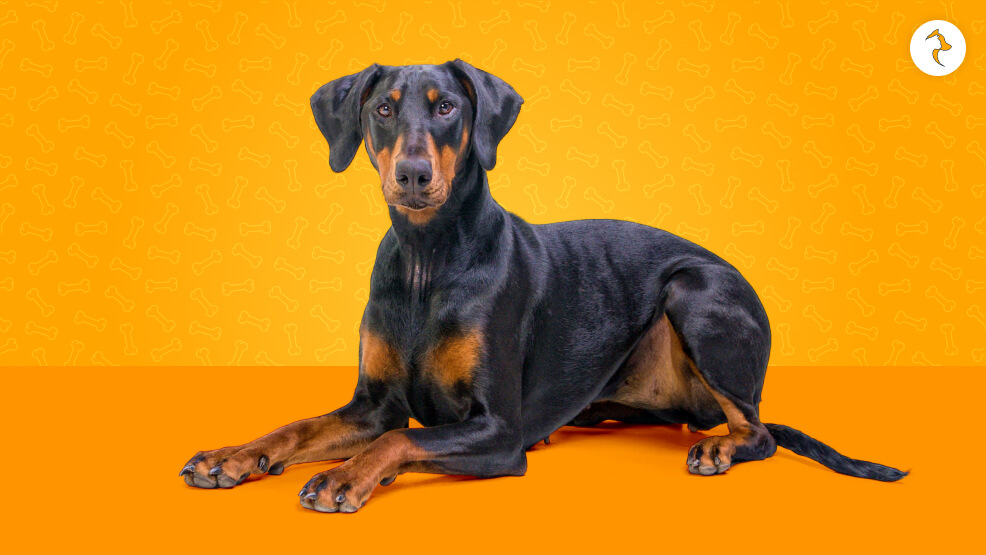
The lean, athletic Doberman boasts a firmly defined chest-to-waist measurement. High energy, combined with a deep chest, mean keeping activity levels after meals in check is important in keeping him healthy.
| Group | Working group |
| Height | 26 to 28 inches |
| Weight | 60 to 65 pounds |
| Energy Level | High energy level |
| Physical Characteristics | They are small, fast, strong and powerful dog breed, with slim bodies. |
| Lifespan | 10 to 13 years |
| Color | White, black, fawn, rust, blue, and red |
| Shedding | They are moderate shedders |
| Bark | They bark more than other dogs |
10. Golden Retriever
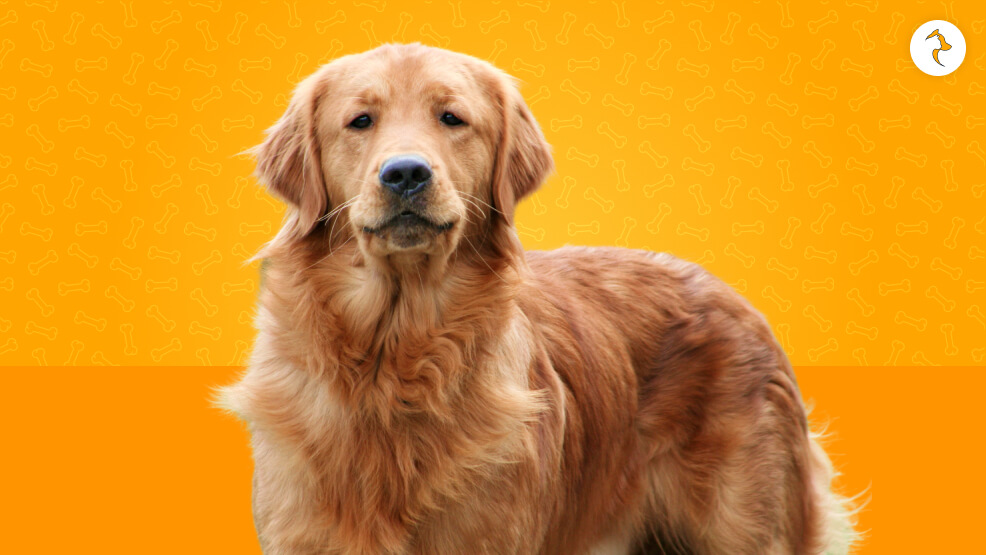
While typically regarded as friendly and relaxed, Golden Retrievers possess deep chests that are more likely to leave them open to bloat. Their affection for exercise and food can prove deadly should it be unguarded.
| Group | Sporting group |
| Height | 21.5 to 24 inches |
| Weight | 55 to 75 pounds |
| Energy Level | Active |
| Physical Characteristics | They have a shiny and glistening golden colored coat. They have large heads, with short ears. |
| Lifespan | 10 to 12 years |
| Color | Dark gold, light gold, golden and cream |
| Shedding | They are heavy shedders |
| Bark | They don’t bark as much |
Deep Chested Dog Breeds: Health Risks
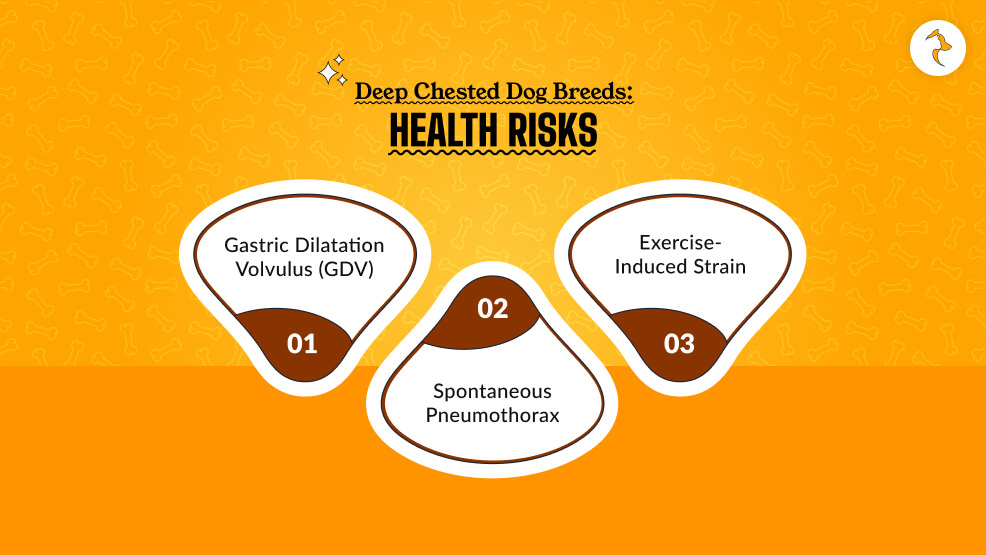
While the deep chest adds to these breeds’ physicality, it also imposes special health risks in the form of those related to their thoracic cavity and stomach shape.
1. Gastric Dilatation Volvulus (GDV) – a.k.a. Bloat
GDV is the most serious and known disease in deep chested canines. It is when the stomach fills with gas and twists, which can restrict blood flow and lead to shock or death.
Causes of Bloating
- Wolfing down your food
- Consuming a large amount of water prior to, or following, meals
- Excessive exercise post-meal
- Stress
- Genetic predisposition
Symptoms and Signs of Bloating
- Rapid inflation of the abdomen
- Ineffective retching or vomiting
- Prolonged drooling
- Pale gums
- Tachycardia
- Restlessness and distress signals
- Collapse or weakness
Treatment Options
- Emergency veterinary care is necessary
- Treatment typically involves decompression, IV fluids, and surgery (gastropexy)
- Preventive gastropexy is routinely recommended for breeds at risk like Great Danes
2. Spontaneous Pneumothorax
Spontaneous pneumothorax occurs when air enters the space between the chest and lungs and causes collapse of the lung. It is more common in deep-chested sighthounds like Greyhounds and Whippets.
Causes of Spontaneous Pneumothorax
- Pulled lung blebs or bullae
- Trauma (uncommon in spontaneous cases)
- Congenital disease or defects in lungs
Symptoms of Spontaneous Pneumothorax
- Abnormal breathing distress
- Shallow or labored breathing
- Lethargy
- Blue gums (cyanosis)
- Collapse
Spontaneous Pneumothorax Treatment
- Emergency vet visit with oxygen treatment
- Thoracocentesis (evacuation of air through a needle)
- Surgical fixation of air leaks
- Rest and monitoring for recurrent
3. Exercise-Induced Strain
Owing to their body shape, deep chested dogs are susceptible to muscle strain, heatstroke, and breathing trouble after or during extreme exercise.
How to Exercise Your Deep Chested Dog Safely
- Avoid high-intensity play post-meals
- Break up exercise into short, manageable periods
- Provide regular water breaks
- Employ a harness instead of a collar to prevent neck compression
- Provide cool-down time following more strenuous exercise
- Observe for panting, stiffness, or evidence of exhaustion
When Do You Take Your Dog to the Vet?
Your deep chested dog needs to be taken to a vet immediately if it shows any of the following:
- Bloat signs: Stomach swelling, retching, salivating
- Trouble breathing: Especially with no obvious reason
- Collapse or sudden weakness
- Lethargy or repeated vomiting
- Abnormal behavioral changes (pacing, restlessness, etc.)
Regular preventive check-ups, especially in breeds that are judged to be at increased risk, are beneficial. Discuss the following with your vet:
- Preoperative prevention of bloat
- Special diets
- Periodic checks for lung or heart complications
FAQs
Here are a few questions asked by other pet parents of deep chested dog breeds that might be helpful for you as well.
While you can’t guarantee prevention, eating smaller amounts, using slow feeders, not exercising after eating, and making your veterinarian perform gastropexy surgery significantly reduce the risk.
Yes. Popular family pets such as Labradors, German Shepherds, and Golden Retrievers make excellent family pets. Just make sure that you do get the exercise and health levels sorted out.
Narrow, long chests which extend a good way down below the elbows and hold a very sharp tuck at the waist are deep chested dogs. Their chest shape can be confirmed by a vet during check-ups.
No, but the correct information is powerful. Deep chested dogs fare well with proper care and enjoy long and happy lives.
A balanced, vet-approved diet avoiding fermentation and high fillers is best. Feed small amounts of food frequently throughout the day and avoid foods that lead to gas retention.
Are Deep Chested Dog Breeds for You!
Deep chested breeds are among the most loyal, intelligent, and athletic friends to have. But their unique anatomy requires vigilance when feeding, exercising, and planning for emergencies.
By understanding the medical conditions they’re prone to—most notably GDV, spontaneous pneumothorax, and exercise strain—owners can create safe habits that promote long, healthy lives in their beloved pets.

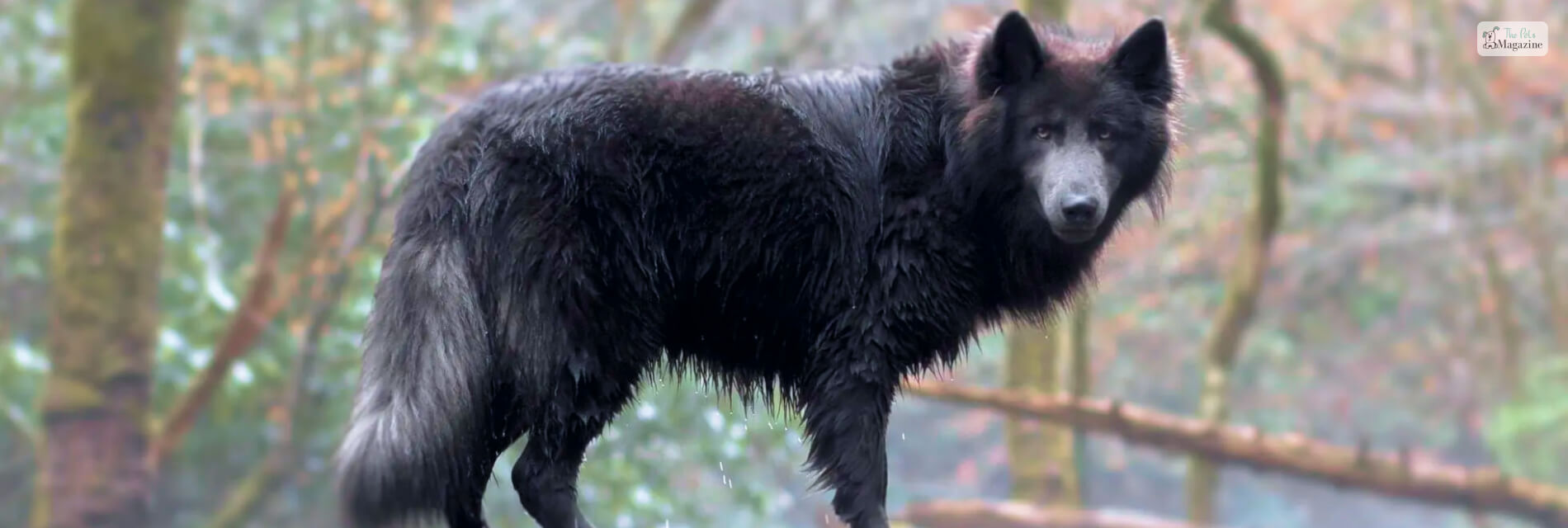


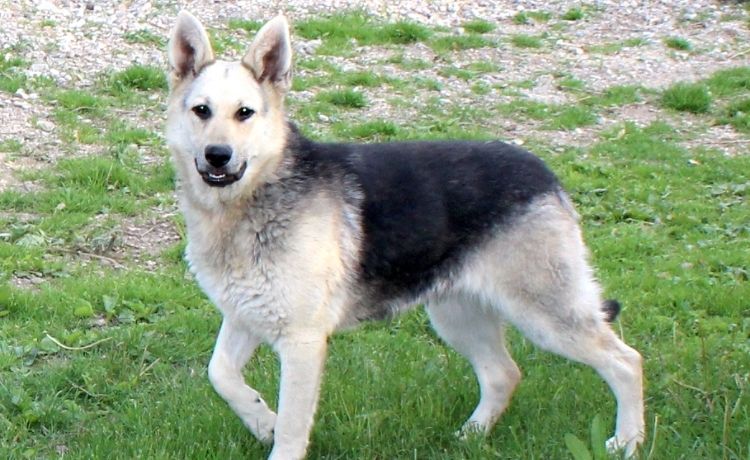

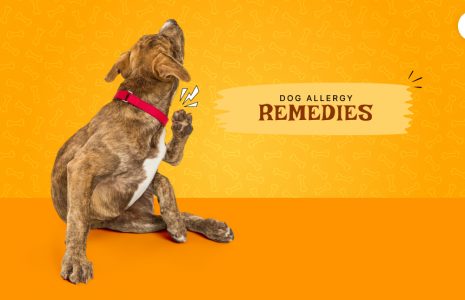
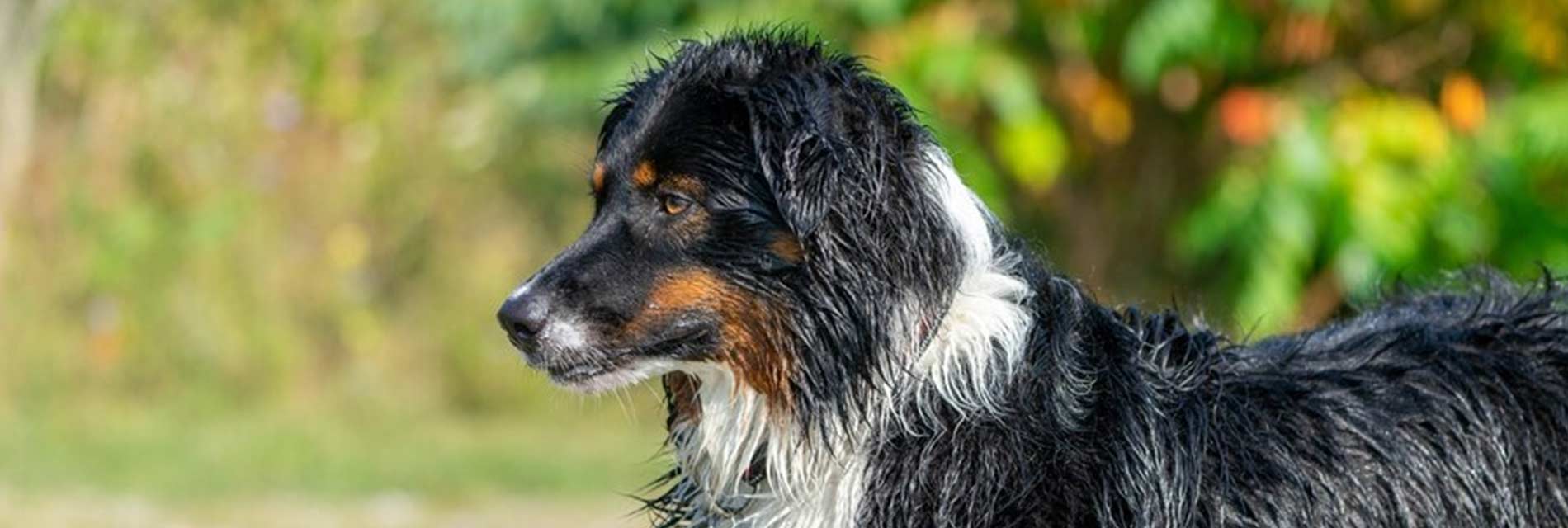
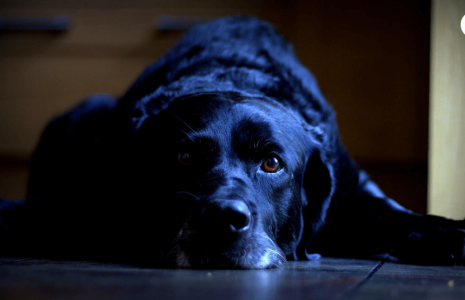
Leave A Comment